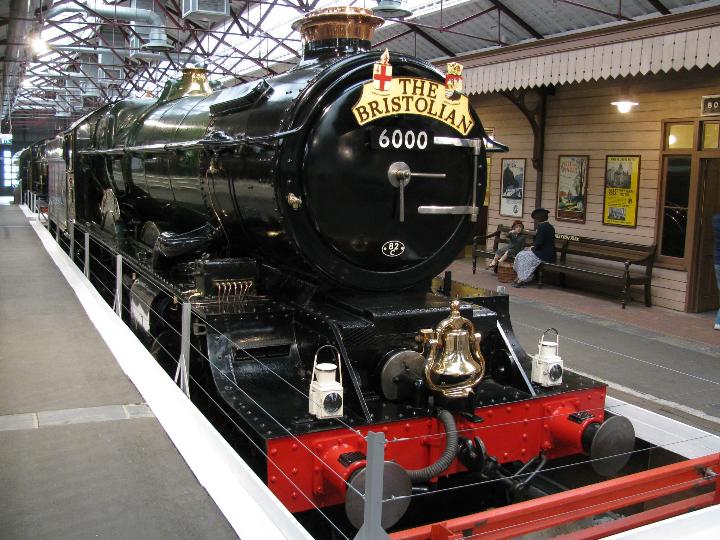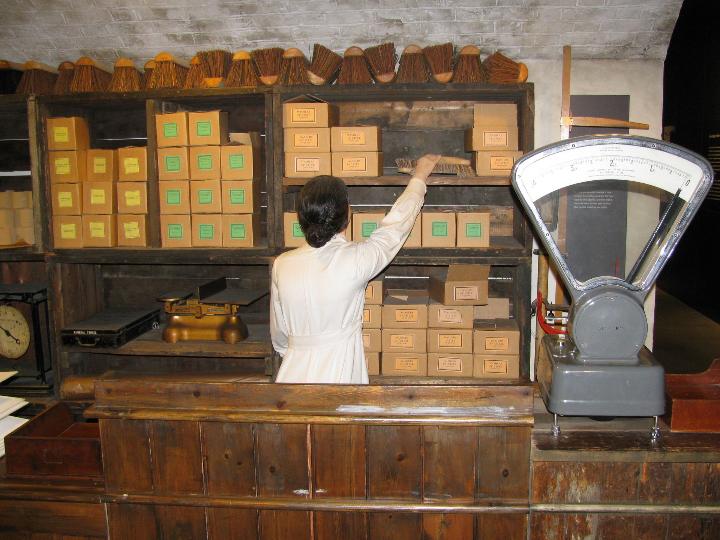
The STEAM – Museum of the Great Western Railway GWR is housed in a restored Grade II listed railway building (‘R’ Shop) that made up the large Swindon railway works in Wiltshire.
This was part of the old Swindon Works of the Great Western Railway, which was one of the largest in the world and operated from 1843 to 1986. At its height in 1956 the works employed over 14,000 people, covered more than 300 acres (120 ha), and could produce three finished locomotives a week.
The museum opened in 2000 and replaced the former GWR Museum, which was located on Faringdon Road in Swindon, which had opened on 22 June 1962. Apart from the museum itself, the site has become home to the McArthurGlen Designer Outlet and, since 2005, the Head Office of the National Trust.

Apart from many exhibits of interest to railway engines and rolling stock enthusiasts, it tells the social story of the railway community in Swindon, with recorded personal experiences and film archives. Lifelike exhibits show people at work and human interactions.
There are exhibits explaining the construction of locomotives, railway equipment, and of the railways themselves. It explains how the foundry and assembly areas were operated and how dangerous to staff it could be. Some of the staff used the foundries to toast their bread for lunch! if they didn’t go home for lunch. Most workers lived very close to the works in railwayman houses and cottages.

In the Caerphilly Hall, you get the chance to view both around the “Caerphilly Castle” with its Cheltenham Flyer header board, and underneath. This helps you understand that these engines were complicated pieces of engineering for engines that could run at 100mph on the line between London Paddington and Bristol and beyond to South Wales.
Mainly men in the early years, but with the advent of Worlds Wars women also became employed, with the men at the front. The women got grudging respect from the men and did operate as boilermakers, amongst other trades. For example, in the Great War (1914-18) over 2,500 men from the workers who signed up were lost out of a total workforce of 12,000.
The Museum also tells the history of the Great Western Railway and the life of Isambard Kingdom Brunel,

the famous Victorian engineer, who masterminded the Great Western Railway. Other Chief officers such as Daniel Gooch also get their roles explained. There are many hands-on exhibits and interactive displays. Enthusiastic ex-railway workers are on hand, to give a personal insight into many of the exhibits.
There are a series of reconstructions of areas of work, such as offices, stores, workshops, signal box and foundries. The museum holds a massive archive of books, periodicals, photographs, drawings and plans, relating to the Great Western Railway.